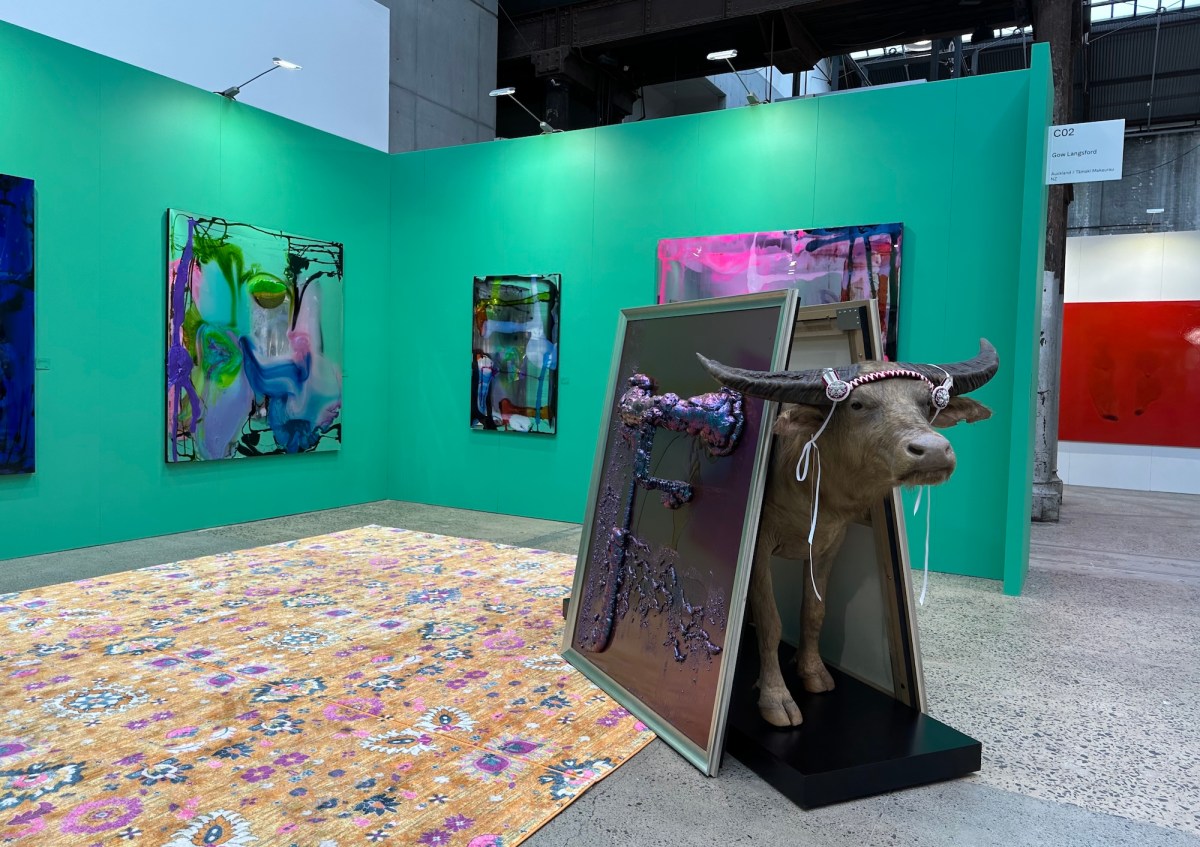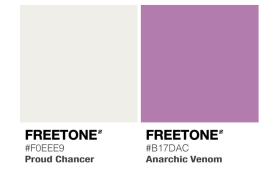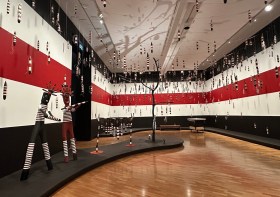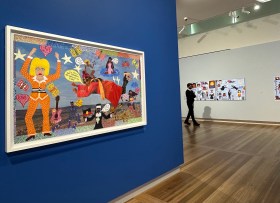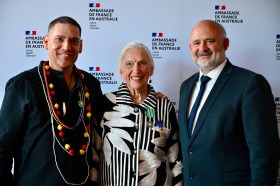When Tim Etchells, founder of Sydney Contemporary, welcomed media to this year’s art fair – the largest in Australasia – he was non-committal on a sales target for this year’s event. It was a feeling shared by many: uncertainty.
With the economy sitting on the flat side, and not a lot of discretional spending around, a nervous air hung heavy leading into this year’s edition of the art fair, its ninth since starting in 2013.
That said, Sydney Contemporary did feel different – but not in the way that I was expecting.
Reviewing 2025 Sydney Contemporary: quick links
2025 Sydney Contemporary: optimism and adjustment
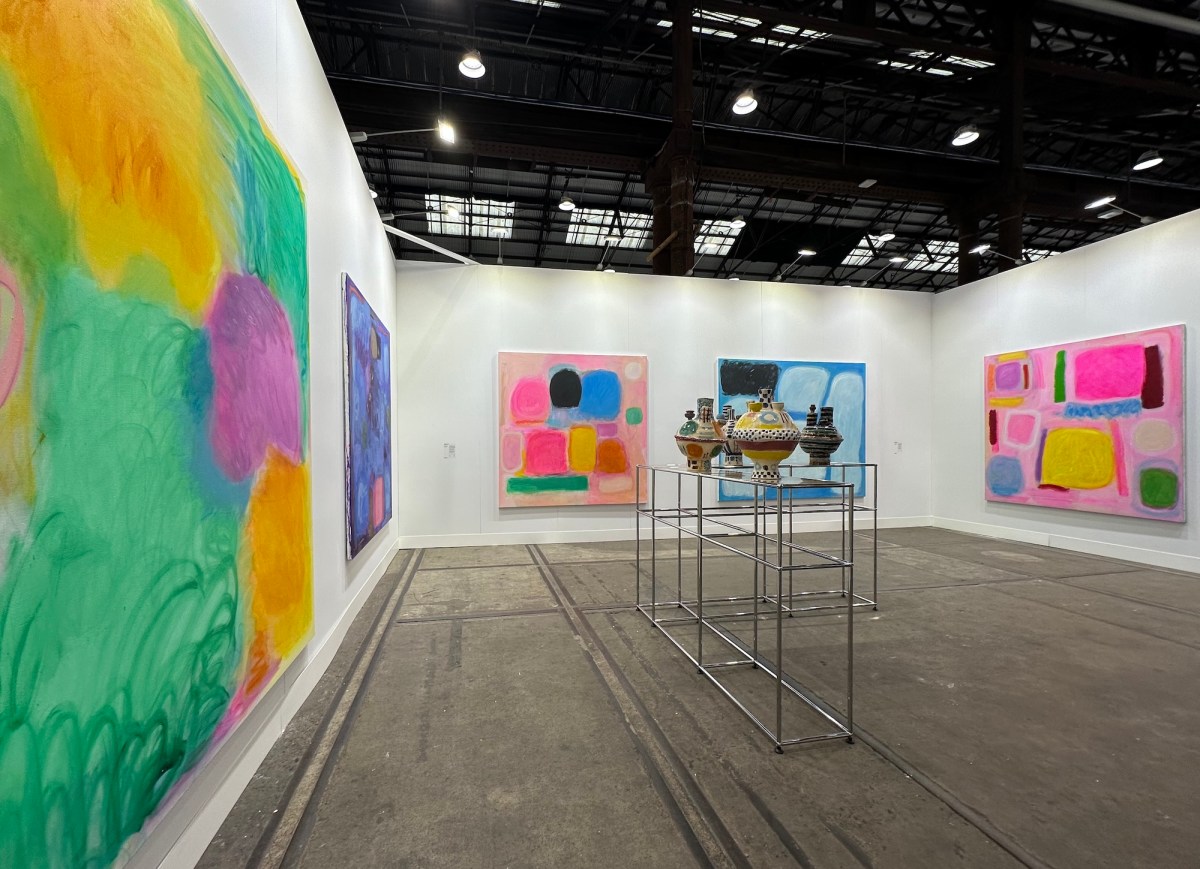
Across the 114 galleries and artist collectives showing at Sydney Contemporary, there was a distinct shift in how galleries approached this market opportunity, and in the way they drove visibility – and sales – to their booths.
On the one hand, the fair overall felt fresh and quirky – a fair that was trying to have some fun. The real heroes were unexpected, with the boldest moves coming from New Zealand galleries and a number of second tier Australian galleries – the ones with the most to lose. It demonstrated just how robust the sector could be. Let’s face it, gallery closures over the past 12-18 months have been on the rise.
On the other hand, many galleries played it safe with group hangs – a large number of which were by Australia’s blue-chip galleries, such as Sullivan + Strumpf, Ames Yavuz, Roslyn Oxley and Michael Reid Gallery, who all went for group hangs of artists in their stables – clearly to spread the market.
On top of this, a number chose to present smaller pieces and editions in the mix, again a clear indication of hedging bets if the market was soft. For example, the front wall of Sullivan and Strumpf’s booth – considered prime art fair real estate – was handed over to a suite of small, wall-based ceramic works by Ramesh Mario Nithiyendran, while a suite of quirky figurines by Tony Albert, sporting his signature boomerang ashtrays as heads, sought to widen collecting and sales opportunities in the market climate.
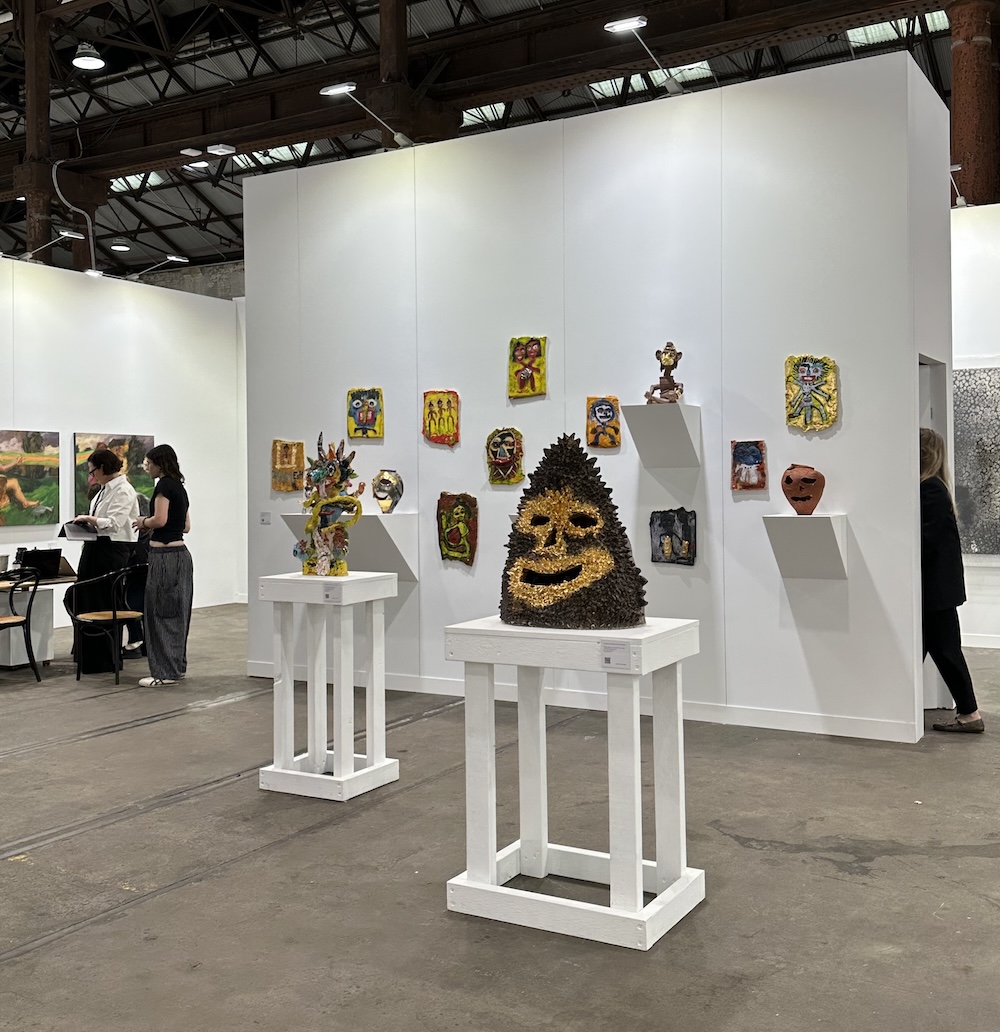
In contrast, New Zealand gallery Gow Langsford took that fun edge and bumped it up. Painting their booth a punchy bubblegum green (is this the new brat green?), they predominantly presented the work of Dale Frank. (They also showed Clement Meadmore and Pablo Picasso on their outer walls). What stopped visitors was an ox sculpture-cum-painting-support displaying two of Frank’s paintings.
However, fun was ratcheted up to steroid proportions by Michael Lett – another New Zealand gallery – with a cash-and-carry shopfront of Mike Hewson’s GeoPets sculptures, ahead of his major exhibition with the Art Gallery of NSW. Here people literally weighed their desired work on a set of scale, at $299 per kilo, to determine its price – complete with custom tote bags. So cheeky.

These sculptures reconfigure vitrified construction bricks with crystals, rare gems and homewares. It was a great take on a booth, not only a smart PR pre-exhibition sales exercise but its viral social trending made sure for sales that assured their bold decision.
Another big name artist – Beijing-based Shen Shaomin, presented by Redbase Art – similarly used the moment to shake up expectations with an installation of 2000 flapping carp on a bed of salt and stacked tin can packaging. Again, priced individually at just $588 (a number significant for the Chinese), these were affordable, collectable, and most importantly carried an environmental message of artificial creation and introduced species that had a resonance for Australian audiences.
This message – to take a different approach this year – was signaled even before punters entered Carriageworks, with an expansive kinetic installation by Aotearoa New Zealand artist Lisa Reihana CNZM, in collaboration with Gallery Sally Dan-Cuthbert.
Curated by Director of UNSW Galleries José Da Silva as part of Installation Contemporary, it was a fabulous choice, referencing waharoa (the traditional Māori gateway in front of a marae) but also presenting what the fair described as ‘a living tapestry’ inviting a spirit of engagement.
Other presentations worth a nod for their quirky focus were Jonathan Smart Gallery | Emily Gardener Projects with JuliaMorison’s immersive installation of 78 illustrated tarot cards – complete with tarot readings; and Void_Melbourne’s nicely paired presentation of Elvis Richardson and Louise Paramor, again keeping price points low by offering marquettes and miniatures.
What did the addition of Photo Sydney say about Sydney Contemporary’s future?
A talking point of this year’s fair was the inaugural edition of Photo Sydney, an addition that really broadens the entry point for new collectors – and that signals an exciting future. Moshe Rosenzvig, founder of Head On Photo Festival and an exhibitor in Photo Sydney, tells ArtsHub: ‘It is important to have photography as part of the art fair because up until now, photography has been regarded as the ugly cousin that no one talks about – and now it has been at least accepted into the family.’
It was a view shared by the co-curator of the section, Sandy Edwards, who said: ‘It took a while to get up, but it’s happening! We had double the amount of takers than we could fit in this new Photo Sydney.’
Rosenzvig was not shy in setting the bar high for Photo Sydney with a pair of works from the early 1990s by Roger Ballen, priced at around $60,000 each. It is a strong signal to send that photography is on par with the galleries in the “other” hall.
Rosenzvig adds: ‘The issue with photography these days, in Australia, there is very little support and as a result very little ability to deliver photography. Hopefully more commercial galleries will realise there is more commercial value, on top of artistic value, and we will see more photographers getting representation.’
Among the mix of galleries in this section, a few galleries reiterated that point – Australian Galleries also supported Photo Sydney with a solo presentation of their artist Greg Weight, and OLSEN with George Byrne.
What I liked about Photo Contemporary (which doesn’t happen with Print Contemporary) is the presentation of self-respresented artists – Alexia Sinclair, Paul Blackmore and Christopher Ireland – which adds for a bit of pause and clarity in these sections, which can otherwise feel overcrowded and induce blur.
This was especially appreciated with Ireland’s stunning, cooling images of icebergs. Pause and beauty indeed.
Investing in joy and beauty in difficult times
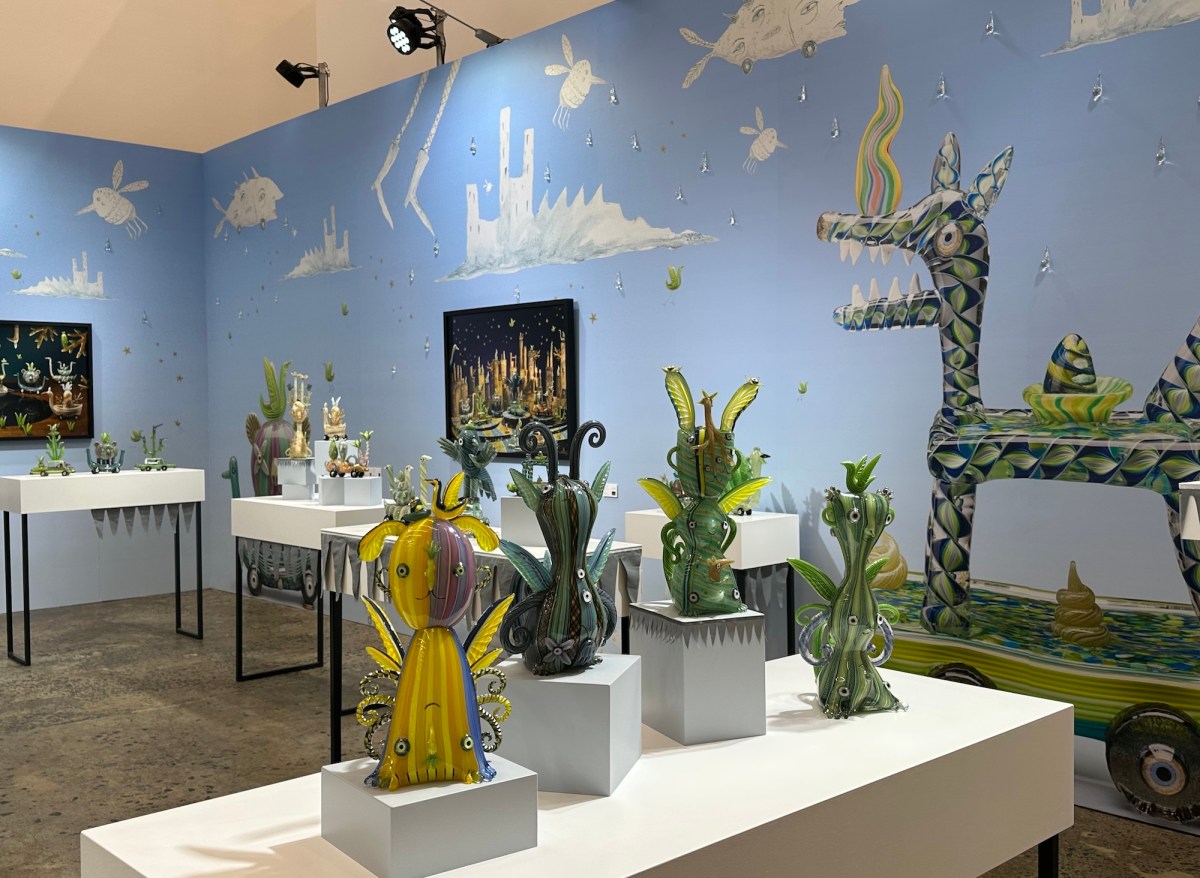
If there was a prize for the best booth offered at Sydney Contemporary, it would go – unquestioningly – to Sabbia Gallery, which presented the work of Tom Moore and Nick Mount in a full wallpapered booth.
Featuring two highly respected glass artists at the top of their field, this presentation not only captured a sense of wonder for general publics, but demonstrated the technical complexity and diversity within this medium that is having a bit of a renaissance. I predict we are going to see a lot more glass moving forward.
Sabbia Gallery – which is celebrating its 20th anniversary this year – has really established itself as a leader of work in the contemporary making space (to avoid the term ‘craft” here), and has invested heavily in promoting this sector on an equal footing. And it showed.
A newcomer to the fair who equally made an impression this year was Gallery LNL with a display of sublime porcelain Moon Jars (priced at $10-50,000) and minimal works on paper and paintings. It offered a serenity not often found at an art fair, and had a magnetic appeal for its sheer beauty.
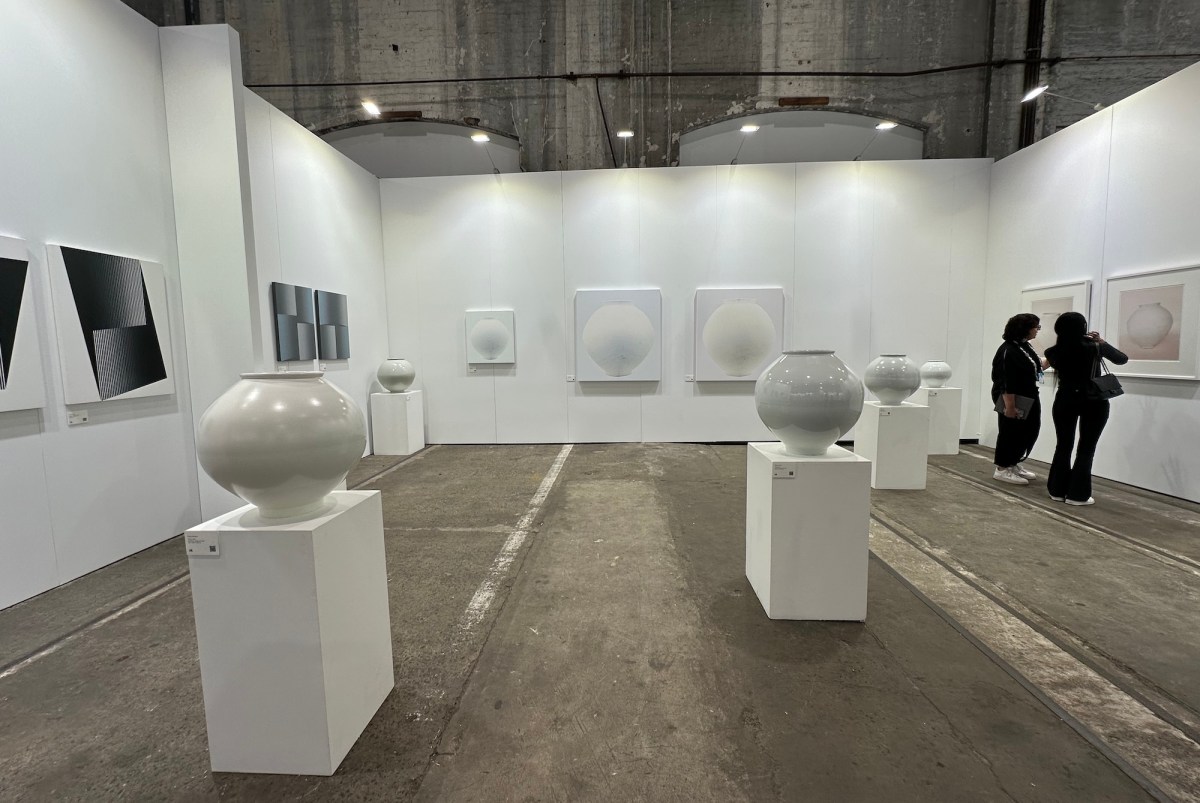
In contrast, but another highlight for ArtsHub, was The Commercial, which presented the work of Angela Brennan, moving across paintings and ceramics. It was an elegantly presented booth of an artist in her career prime.
What’s changing art fairs today that we are also seeing in Sydney?
Walking around Sydney Contemporary this year, for many it might feel the same. For others, the nuanced changes speak volumes.
Etchells says that there is a ‘generational change with collectors’, that is happening globally, and that the ‘kids of the collectors are not buying in the same way that mums and dads did’. His theory is that they probably have enough art (thanks mum and dad!), and are turning their discretional spending to experiential things.
Perhaps, this had a kick-on with the works such as Jonny Niesche’s immersive installation (in collaboration with Mark Pritchard), which used low-frequency sound and vibration to draw on the ‘atmospheric qualities of colour field painting, psychedelia, and spiritual abstraction’. Again, it was presented by a New Zealand gallery STARKWHITE, as part of Installation Contemporary.
It is, in part, also reflected in the choices of works by Mike Hewson (Michael Lett) and Shen Shaomin (Red) as mentioned – the underlying environmental message of these works appealing especially to younger collectors.
While Australia might look to international art fairs for trends, Etchells says this market is very aware of its own nuances and collecting habits. ‘They know this market well. They know the collectors,’ he said of the Australian galleries at this year’s fair. ‘They’re very committed to this market.’
He adds of the few international galleries that extend the mix of offerings: ‘I only encourage the ones that are really committed to coming. I don’t like galleries coming to this fair and just using it as a hit and run. This isn’t Treasure Island. They have to invest in meeting the collectors, and so on. And if they don’t do that, then they’re not going to make sales.’
Watch out for ArtsHub’s forthcoming sales report on 2025 Sydney Contemporary.
Sydney Contemporary was presented from 11-14 September at Carriageworks.

